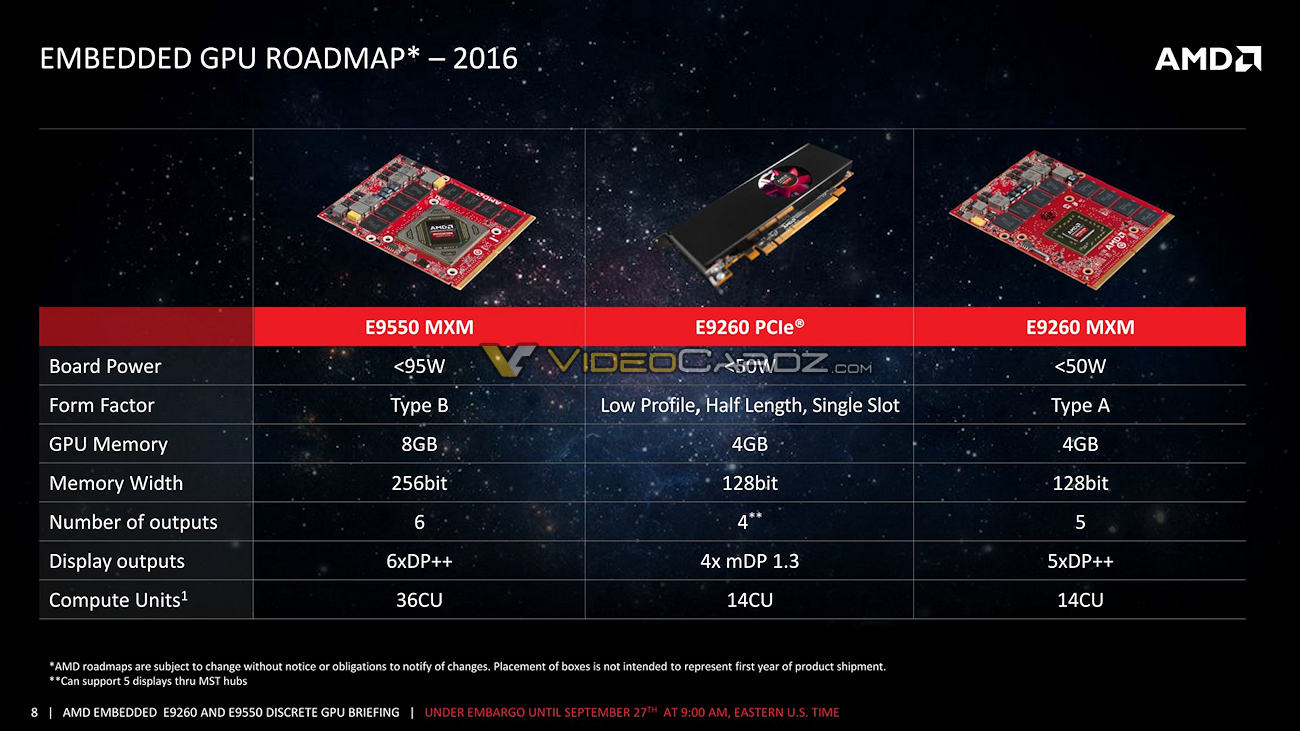

The reports indicate that remote multiplexing is technically feasible, can be designed to meet availability requirements, may save millions of dollars as a hardwire replacer, and will provide other significant advantages. Increasingly, these systems are being considered by utilities as an alternative to conventional hardwiring for the transmissions of data and control signals to and from the thousands of devices in a power plant. The Executive Summary to a three volume report on Remote Multiplexing Systems (RMS) for power plant applications is presented. The technical information presented in this report includes: (1) detailed RMS functional requirements (2) analysis of representative non-safety and safety RMSs configured for the reference plant (3) comparisons of capability and cost of different RMSs and conventional hardwiring (4) analysis of RMS availability and its impact on plant operation translated to present value and (5) discussion of significant technical design = , Because plant productivity could be impacted by unsatisfactory RMS performance, the utilities may wish to give special attention to the many technical considerations reviewed in the reports as this new technology is introduced. However, there are many applications dependent parameters and therefore, a general methodology is documented so that installation-specific analyses can be performed. The reports indicate that remote multiplexing is technical feasible, can be designed to meet availability requirements, may save millions of dollars as a hardwire replacer, and will provide other significant advantages. Increasingly, RMSs are being considered by utilities as an alternative to conventional hardwiring for the transmissions of data and control signals to and from the thousands of devices in a power plant. The technical findings from a study of Remote Multiplexing Systems (RMS) for power plant applications are presented.


 0 kommentar(er)
0 kommentar(er)
